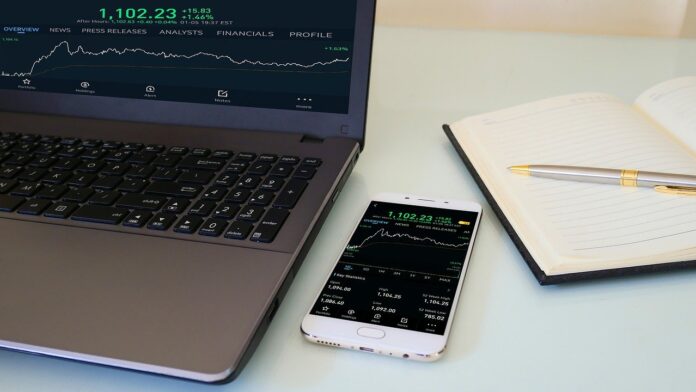Technical analysis is a method in trading that uses charts, graphs and statistics to examine the historical data surrounding an asset. From this, patterns and trends can be identified, which in turn, influence the predictions of further price movements. It helps guide traders to make future decisions based on past information, usually surrounding price and volume.
This type of analysis works with any asset that has historical data, but is predominantly used in the forex market, as it enables focus on short-time price movements. Therefore, you should take the time to learn more about forex trading, as well particular terminology, in order to fully understand technical trading. We’ve put together a comprehensive list of technical trading terms to help you do just that.
-
Candlesticks Charting
This is the most commonly used form of charting in technical trading, and is a method for showing price movements. The individual candlestick on a chart shows the price movement of an asset over a certain period of time, with the highest point of the candlestick showing the highest price in that time, and likewise, the lowest point shows the lowest price reached. The thicker parts of the candlestick, known as the body, shows the opening and closing price positions for that time period. The trader can derive patterns and visual cues from the candlesticks to indicate market trends.
-
Correlation
The correlation shows the relationship between two factors on a chart, or the mutual relationship between two assets. This correlation can be similar or dissimilar, and can be quantified as ranging between +1 and -1.
-
Fibonacci Levels/Ratios
Fibonacci levels are a tool for technical analysis, named after a 12th century mathematician. It involves a series of ratios that can identify trading opportunities, displaying points where the market changes its current trend. The Fibonacci ratios are shown as these percentages: 23.6%, 38.2%, 50%, 61.8%, and 100%. A sub-indicator from this is Fibonacci Retracements, which shows when a price has a corrective retracement in the opposite direction before returning to its sustained trends. This indicator can therefore be used to identify low-risk trade entry points during such a time of opposite movement.
-
Momentum Indicators
These indicators are used to determine market strength, rather than market movement, and involve analytical tools such as the stochastic oscillator, the relative strength index (RSI), the moving average convergence-divergence (MACD) indicator, and the average directional movement index (ADX). With these tools, a trader can determine whether the price movement of an asset will represent an ongoing, significant trend.
-
Moving Averages
This is a popular trading indicator, and is the average price of an instrument over a given period of time. In theory, the higher a moving average, the more significant the price movement. As the price moves, more data is added to the calculation, so the average is constantly changing, or ‘moving’. Identifying the moving average can potentially show the upward or downward trend of the market. Technical traders can use one or more moving averages in their investment strategy.
-
Oscillators
Oscillators are a type of momentum indicator (mentioned above) that shows trends that fluctuate between two extreme values, as a result of the current market conditions and price fluctuations of an asset. Trader uses this indicator to determine if an asset has been overbought or oversold, based on the value of the oscillator reaching these high or low bands, and therefore identify a change or reverse in trend. The most common oscillators are the stochastic oscillator, the RSI, rate of change (ROC), and money flow (MFI).
-
Support and Resistance Levels
These are two straight lines on the graph that determine certain value levels, between which shows the market’s range of price movements. The support line usually shows where the downward trend will stop before it begins to rise again, and the resistance is where the prices are expected to rise to, before they drop again. These levels are a result of the supply and demand of an asset. The reliability of these levels can help the predictability of future price movements.
-
Top-Down and Bottom-Up Approaches
These are two different approaches to technical analysis and determining buying opportunities. A top-down approach is when a trader looks at the data of the overall economy, then moves onto the different sectors, and then an individual asset itself. However, a bottom-up approach works in a reverse manner, focusing on the statistics of a certain asset, and analysing the potential points of trades within the trends of that asset.







